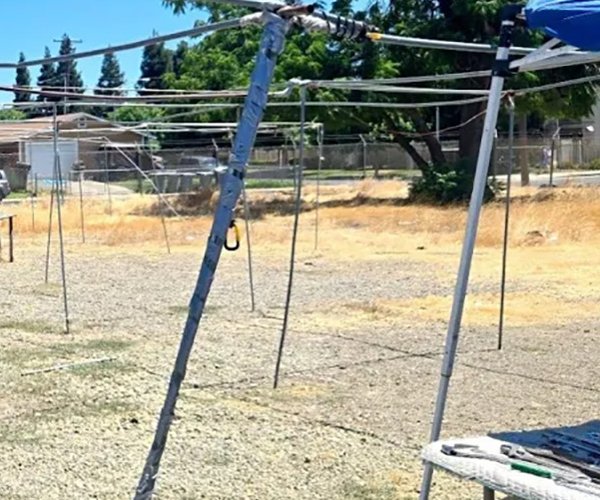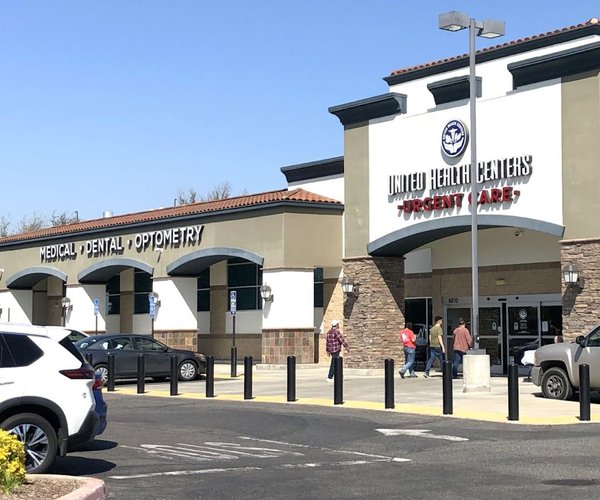Farmers throughout the country have been hurt by the U.S. trade war with China, and locally, almond and walnut farmers are feeling the sting. A $16 billion trade aid program rolled out by the Trump administration on Thursday hopes to repair some of the damage caused by retaliatory tariffs, but it may be too little too late.
United States Department of Agriculture Secretary Sonny Perdue announced a second round of support for farmers impacted by the tariffs — this time, tree nut producers, including walnut and almond growers, are included in the Market Facilitation Program.
The first round of tariff relief announced in September gave cash to the producers of commodities like corn, cotton, pork, soybeans and wheat, but left out fruits, nuts, vegetables and wine. The latter, big-money California crops were only eligible for federal government purchases of surplus produce at the time.
It’s unknown how much money almond and walnut growers will receive, but the funding is based on a per-acre basis. Since the trade war with China began, almond exports are down about 33 percent, according to the Almond Alliance of California. Stanislaus County Supervisor and nut grower Vito Chiesa said that he’s seen firsthand the impact retaliatory tariffs have had on the Central Valley’s nut industry.
“Any hiccup in the market — and trade tariffs are one of those hiccups — definitely has an effect on the overall pricing,” Chiesa said. “It creates uncertainty in the market. When you’re shipping 80 percent of your almonds and about 60 percent of your walnuts outside of this nation, any hiccup will have a huge impact.
“If China’s not buying just about any commodity, it really has the ability to show up in pricing.”
Looking specifically at direct China shipments for the first quarter of 2019, California almonds are at about 60 percent of what was shipped in the first quarter of 2018. Meanwhile, Australia has taken advantage of their own zero percent tariff under their trade agreement with China, increasing their 11-month almond exports into China by almost 2,000 percent.
Almond Alliance President Elaine Trevino applauded the assistance for nut growers, but called for an end to the trade war.
“While direct payments are not the ideal solution, they will help assist those who have been negatively impacted by the pricing effects resulting from the retaliatory tariffs and allow them to continue to operate in these uncertain times,” Trevino said. “I would like to strongly state that the California almond industry is focused on trade and market growth. None of the mitigation programs will begin to offset the financial impacts, the disruptions to our relationships with commercial partners or the longer-term effect this could have on the considerable market development investments the almond industry has made over the past decades.”
Chiesa echoed the same sentiments, stating that the first round of tariff relief last year likely only made up for cents on the dollar for some farmers.
“It will never pay for the impact,” he said. “The President is trying to win a battle of free trade…it can’t make up for the long-term impact — it’s just partially funding a loss. We want to be free traders, but we also want to be fair traders. It’s a delicate balance.”
While the president of the California Farm Bureau Federation, Jamie Johansson, was also thankful for the inclusion of nut growers in the second round of relief, he reiterated the need to resolve the disputes at the root of the issue as well.
“It’s clear that the administration wants to do what’s best for American farmers and ranchers, and we appreciate this second round of assistance for those who have suffered loss of markets and crop value due to retaliatory tariffs,” he said. “Ultimately, the best assistance for farmers and ranchers would be to resolve the trade disputes and open markets for California farm products.”









